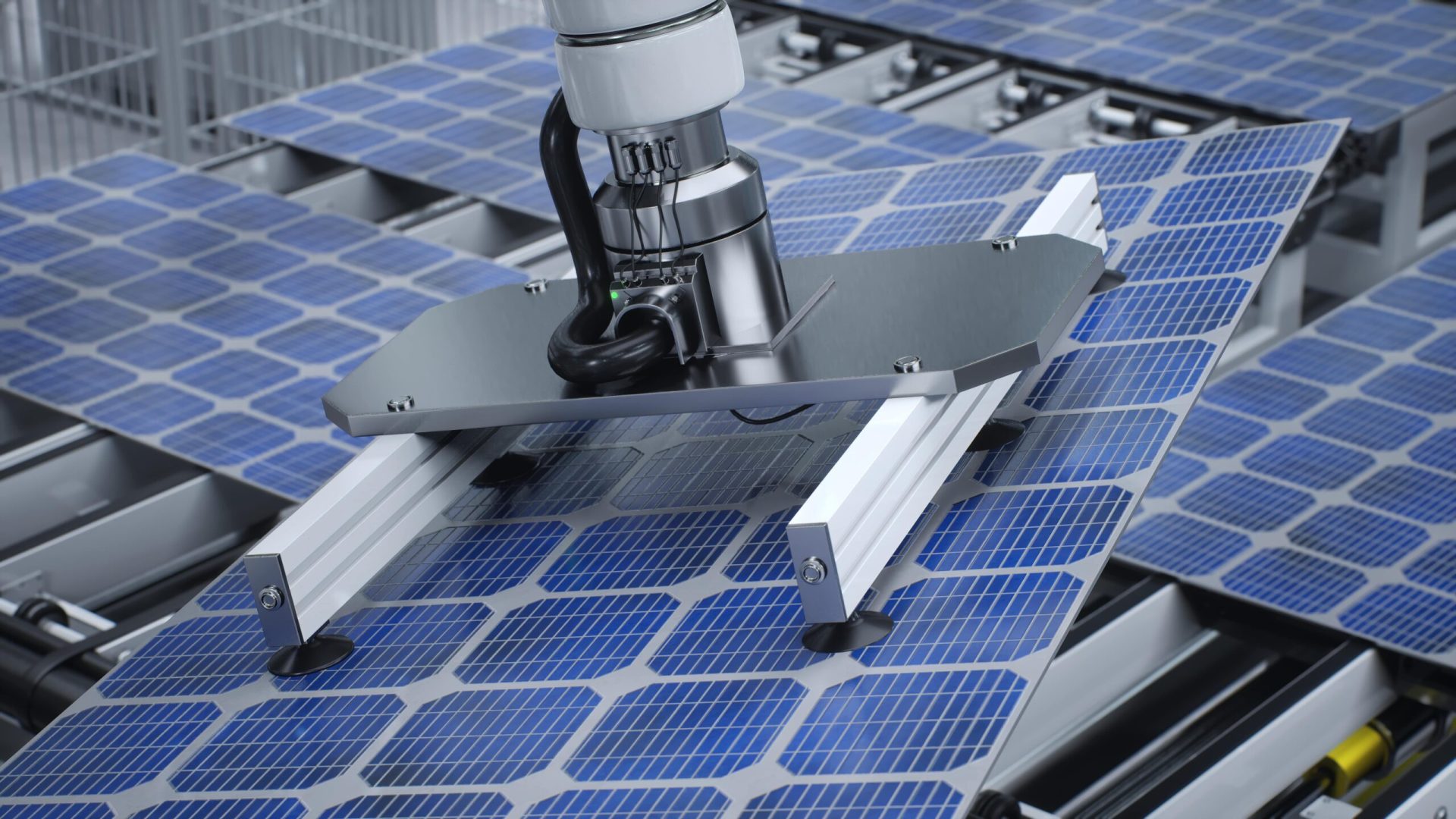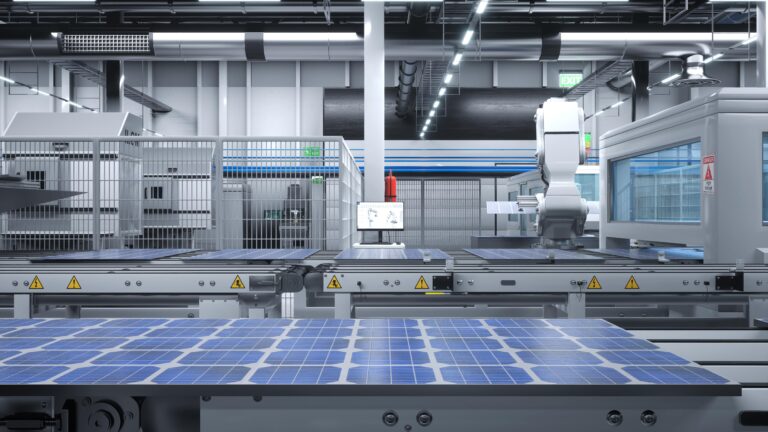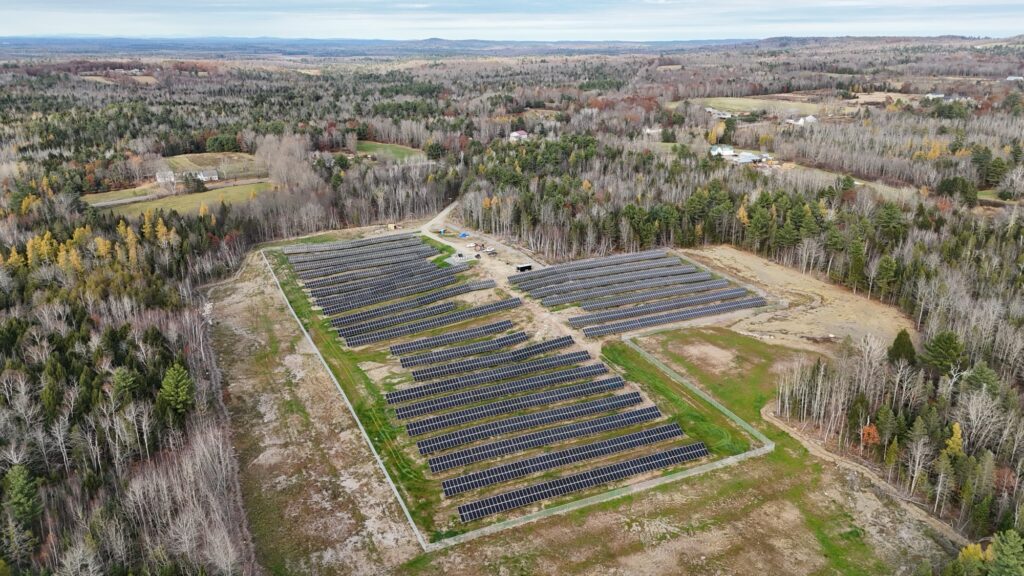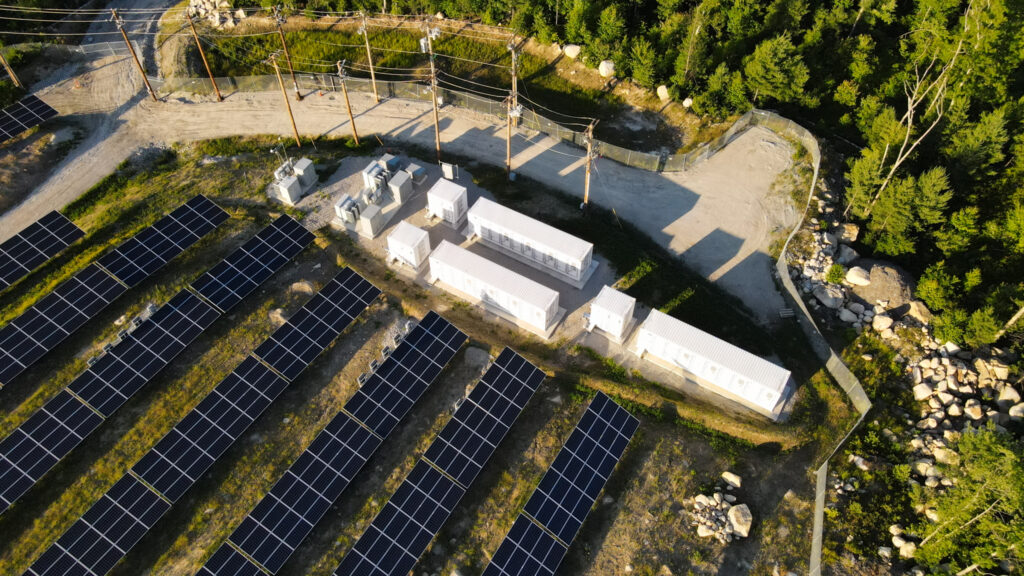Quick Facts
- Investments in the solar sector reached approximately $35 billion in the first half of 2024.
- Solar module manufacturing capacity in the U.S. now exceeds 31 gigawatts (GW), an increase of 25% in Q2 2024 compared to the same period in 2023.
- The industry has added approximately 15,000 new jobs in Q2 alone, bringing the total to 250,000 jobs across the solar supply chain.
- Several challenges continue to hinder the sector’s growth and competitiveness. These challenges range from rising raw material costs and regulatory hurdles to stiff international competition.
- China currently produces over 70% of the world’s solar panels and holds a substantial share of the global supply of polysilicon and other critical materials.
- In Q2 2024, several initiatives were launched to reduce reliance on foreign suppliers for critical raw materials like polysilicon and solar-grade glass.
Key Developments in Q2 2024
1. Manufacturing Capacity Growth:
The U.S. solar industry has witnessed remarkable growth in both manufacturing and installation capacity since the enactment of the Inflation Reduction Act (IRA) in 2022. Investments in the solar sector reached approximately $35 billion in the first half of 2024, with a substantial portion allocated to expanding manufacturing facilities, research, and development of new solar technologies.
According to the U.S. Solar Market Insight Q3 2024 report, released by the Solar Energy Industries Association (SEIA) and Wood Mackenzie, solar module manufacturing capacity in the United States now exceeds 31 gigawatts (GW), an impressive increase of 25% in Q2 2024 compared to the same period in 2023.
This growth is largely attributed to the expansion of existing facilities and the establishment of new manufacturing plants across key states such as California, Texas, and Arizona. The increased capacity is expected to meet the rising domestic demand and reduce dependence on imports of solar panels and components.
2. Government Policy and Incentives
Several policy changes and government incentives have played a pivotal role in advancing solar manufacturing. The Inflation Reduction Act (IRA) continued to provide significant tax credits and subsidies for solar manufacturers, ensuring a competitive edge for domestic producers. The Strategic Solar Manufacturing Fund, initiated in early 2024, provided additional financial support to manufacturers focusing on next-generation solar technologies, including bifacial and thin-film solar cells.
3. Advancements in Solar Technology
Q2 2024 saw a surge in research and development activities aimed at enhancing the efficiency and durability of solar panels. Key advancements include the development of high-efficiency perovskite solar cells and bifacial modules that offer higher energy output. Companies such as First Solar and SunPower have led the charge in innovation, unveiling new product lines that boast efficiency rates exceeding 25%, a significant leap from the previous generation’s 22%.
4. Strengthening Supply Chains
To mitigate supply chain vulnerabilities exposed during the COVID-19 pandemic, the U.S. solar industry has focused on building more resilient and localized supply chains. In Q2 2024, several initiatives were launched to reduce reliance on foreign suppliers for critical raw materials like polysilicon and solar-grade glass. The establishment of new agreements with domestic suppliers and the integration of advanced automation technologies in manufacturing processes have been key strategies in achieving this goal.
5. Economic Impact and Job Creation
The solar manufacturing boom in Q2 2024 has had a profound economic impact, particularly in terms of job creation. The industry has added approximately 15,000 new jobs in Q2 alone, bringing the total to 250,000 jobs across the solar supply chain. These jobs span manufacturing, engineering, research and development, and installation. The influx of investments and government support has created a fertile ground for new businesses, fostering innovation and competitiveness.
Challenges Hindering Growth
Despite the significant advancements in the U.S. solar manufacturing industry in Q2 2024, several challenges continue to hinder the sector’s growth and competitiveness. These challenges range from rising raw material costs and regulatory hurdles to stiff international competition. Each of these issues presents unique obstacles that industry stakeholders must address to ensure sustained growth and a robust domestic manufacturing base:
1. Raw Material Costs
The cost of raw materials remains a major concern for U.S. solar manufacturers. Essential materials such as polysilicon, silver, aluminum, and copper have experienced significant price volatility due to supply chain disruptions, geopolitical tensions, and increasing global demand. Polysilicon, a critical component in the production of solar photovoltaic (PV) cells, has seen price spikes, affecting the overall cost structure for solar panel manufacturers. Similarly, silver, which is used in solar cells to conduct electricity, has become more expensive, further driving up the costs of solar module production.
- Impact on Profit Margins: The rising costs of these materials have put pressure on manufacturers’ profit margins, making it challenging to compete with lower-cost producers in countries like China, where raw materials and labor costs are significantly cheaper.
- Strategies to Mitigate Costs: Some U.S. companies are exploring alternatives to traditional materials or investing in recycling and reusing components to reduce costs. Innovations in thin-film technologies and the development of perovskite solar cells that require less silver are also being explored as potential solutions.
2. Regulatory Hurdles
The U.S. solar industry is subject to a complex regulatory environment at both the state and federal levels. This regulatory landscape can create significant barriers to entry for new manufacturers and slow down expansion plans for existing ones.
- Permitting Delays and Compliance Costs: Solar manufacturers often face lengthy permitting processes, strict environmental regulations, and compliance requirements that vary by state. These bureaucratic hurdles can lead to delays in project timelines and increased costs, particularly for small and medium-sized enterprises (SMEs) that may lack the resources to navigate these complexities efficiently.
- Navigating Trade Policies and Tariffs: Trade policies and tariffs also add a layer of uncertainty for manufacturers. While tariffs on imported solar panels and components aim to protect domestic producers, they can lead to higher costs for raw materials and parts not produced in the U.S. Moreover, changes in trade agreements or policy directions can create an unpredictable business environment.
3. Global Competition
The U.S. solar manufacturing industry faces intense competition from global players, particularly from countries like China, which dominate the market due to economies of scale, government subsidies, and a well-established supply chain network.
- Chinese Dominance: China currently produces over 70% of the world’s solar panels and holds a substantial share of the global supply of polysilicon and other critical materials. Chinese manufacturers benefit from government support, including subsidies, lower operational costs, and favorable financing terms, allowing them to offer solar panels at lower prices compared to U.S. manufacturers.
4. Supply Chain Vulnerabilities
The COVID-19 pandemic exposed significant vulnerabilities in global supply chains, and the solar industry was no exception. While efforts have been made to build more resilient and localized supply chains, challenges remain.
- Dependence on Foreign Suppliers: Despite efforts to localize, the U.S. solar industry remains dependent on foreign suppliers for many critical components, including solar-grade glass, inverters, and specialized equipment. Any disruption in these supply chains, whether due to geopolitical tensions, natural disasters, or other unforeseen events, can have ripple effects throughout the industry.
- Logistics and Transportation Costs: In addition to supply chain dependencies, logistics and transportation costs have also risen, contributing to higher overall production costs. Efficiently managing these costs while ensuring timely delivery of components remains a significant challenge for U.S. manufacturers.
Takeaways and Future Outlook
The outlook for the U.S. solar manufacturing industry remains optimistic for the remainder of 2024 and beyond. To sustain the momentum, the U.S. solar industry must focus on building resilient supply chains, enhancing technological innovation, and fostering a skilled workforce. Strategic policies that simplify regulatory processes, provide financial incentives, and encourage public-private partnerships are essential to overcoming these challenges. Furthermore, embracing advancements in solar technology, such as high-efficiency perovskite and bifacial modules, will be critical to maintaining a competitive edge in the global market in the long term.
Sources & Additional Resources
- The High Price US Green Economy: A Specific Factor Modeling – Solar Compass, Elsevier
- The Untapped Potential of ‘Repurposed Energy’ – Kleinman Energy, University of Pennsylvania
- Sourcing Renewable Energy Components: Building Resilient Supply Chains, Reducing Dependence on Foreign Suppliers, and Enhancing Energy Security – World Journal of Advanced Research and Reviews
- Clean Energy Innovation in China: Fact and Fiction, and Implications for the Future – Econstor
- Life-cycle Analysis of Hydrogen Production from Water Electrolyzers – International Journal of Hydrogen Energy, Elsevier
- Using SegFormer for Effective Semantic Cell Segmentation for Fault Detection in Photovoltaic Arrays – IEEE Journal of Photovoltaics
- U.S. Solar Market Insight Q3 2024 – Solar Energy Industries Association (SEIA) and Wood Mackenzie
- Using SegFormer for Effective Semantic Cell Segmentation for Fault Detection in Photovoltaic Arrays – Mahboob, M. A. Khan, E. Lodhi, T. Nawaz and U. S. Khan – in IEEE Journal of Photovoltaics
Contact Syncarpha
info@syncarpha.com
Interested In Joining Community Solar?
For more information on how to join community solar with Syncarpha, get in touch with our support team through email at communitysolar@syncarpha.com or call us at (888) 55-SOLAR










